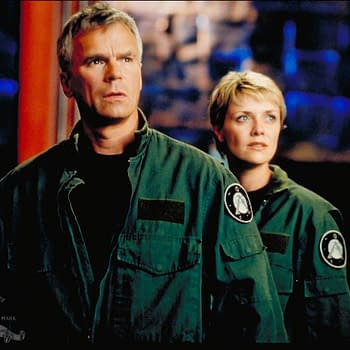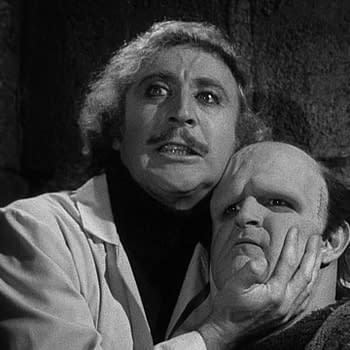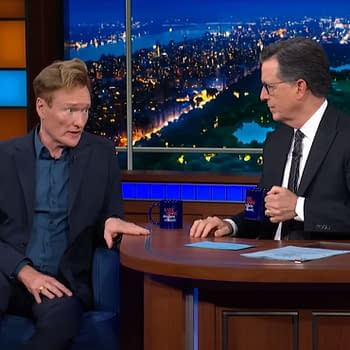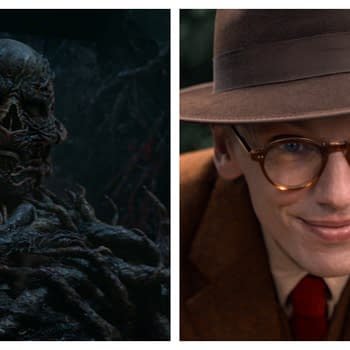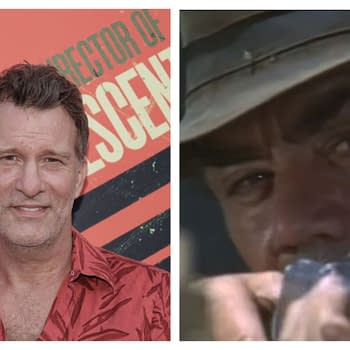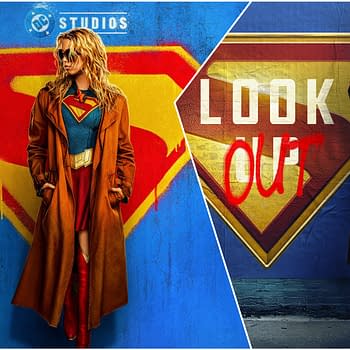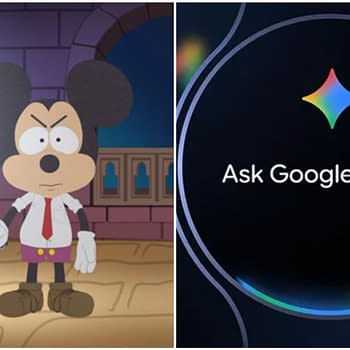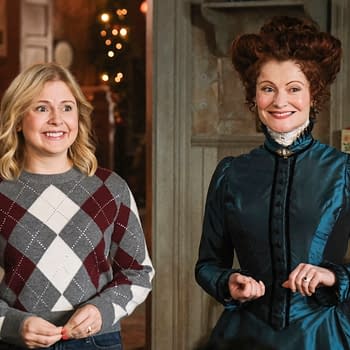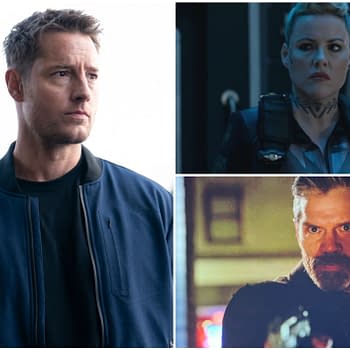Posted in: HBO, TV | Tagged: dune, dune: prophecy
Dune: Prophecy Production Designer on Expanding The Herberts' Universe
Production designer Tom Meyer (Fantastic Voyage) spoke with Bleeding Cool about HBO's prequel Dune: Prophecy and his extensive research.
Article Summary
- Production designer Tom Meyer discusses extensive world-building for Dune: Prophecy prequel series
- Meyer details his deep dive into Frank Herbert lore and Brian Herbert's expanded Dune novels
- Collaboration with showrunners and the Herbert estate ensured story and design authenticity
- Season planning balanced original arcs and satisfying conclusions true to Dune universe themes
When production designer Tom Meyer was called to work on the HBO Max TV series Dune: Prophecy, a prequel set 10,000 years before the events of the original Frank Herbert novels, there was certainly a tall task of world-building, not just from the source material, but also the expansive universe of works the grew beyond Herbert's life that includes contributions from his son, Brain Herbert. Based on the Great Schools of Dune by the younger Herbert and Kevin J. Anderson, Dune: Prophecy is set 10,000 years before the events of the 2021 film that centered on Timothée Chalamet's character Paul Altreides, follows sisters Valya (Emily Watson) and Tula Harkonnen (Olivia Williams) as they struggle to maintain the power and influence of the Sisterhood, and combat forces that threaten the future of humanity. Meyer spoke to Bleeding Cool about collaborating with showrunners Alison Schapker and Diane Ademu-John about tackling the ambitious project, which novels to focus on, and the ambitious planning of each season.
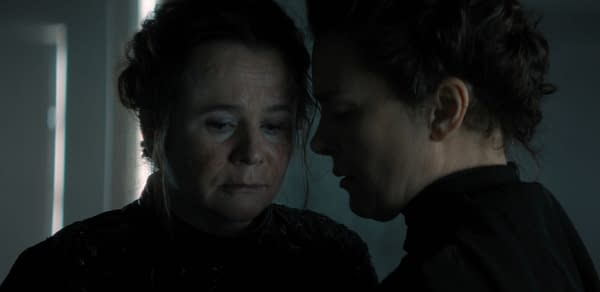
Dune: Prophecy Production Designer on Extensive Research of Lore and Expanding to TV
What intrigued you about 'Dune: Prophecy', and how did you get involved?
I'm a fan of the ['Dune'] series and Frank Herbert. I started reading the original in high school and finished during college. When [the project] came around, the first [Denis Villeneuve] film had not come out when I was first contacted about the series, so it was still a bit of a mystery. It hadn't re-emerged into the zeitgeist yet. We knew it was coming, but it was out in the distance.
I got an outline, and I was flying back and forth on another project. I was coming to the meeting, and I stopped in the airport bookstore. I picked up 'Sisterhood of Dune' (2012), and started to read it. I had no idea, to be honest, about the Brian Herbert books and the whole extension of Frank Herbert's world. When I went into the first meeting with the studio with the executives and showrunners, I said we're in discussion that I started the book, and they're like, "There are five other books you should read."
I dove into all the lore and the canon, because it was important to understand the world I was getting into before we started to design it. That was one of the best aspects of the project was getting this history and culture of the Dune universe, because our world takes place 10,000 years before Paul Atreides, before Denis's world, and so we were creating this precursor, and foundational source material that put in effect and motion all of the elements that would lead to the rise of Paul Atreides.
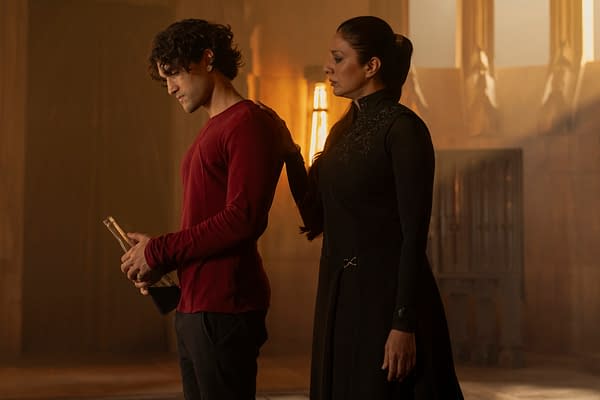
Were there notes that had to align with the continuity as far as Denis's vision and what 'Prophecy' ended up being?
The idea was more of a tonal feeling. What Denis achieved, and what was one of the most beautiful things about his (2021) film, was that he allowed this real introspection of space and time to be considered with the story. It made it both an active and action-oriented piece, but at the same time, it had these beautiful, thoughtful moments and made this a beautiful operatic space story. In that same spirit, we wanted to achieve the same tonal quality to allow the story to have space and time to explore and unwind for the viewer, and I think we achieved that. It was a great experience, because our world takes place not just on one planet, but on several different. There are 10,000 planets in the 'Dune' universe, and we're just starting to scratch the surface on a few of them.
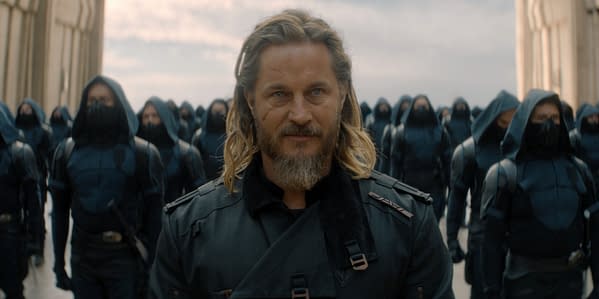
So what was it like working with Alison and Diane as creatives?
They're great because they equally dove into the source material. It was Diane who was like, "If you're reading 'Dune: Sisterhood,' you should start with 'The Butlerian Jihad' (2002), 'The Battle for Corrin' (2004), and that whole trilogy, which I did. What was exciting was that these shows sometimes take a little bit to get going, and so I had a lot of time, several weeks, and a couple of months between the time that I met them and the time I started to read these books.
I got into about 5,000 pages of books. I read, like I said, the [original] six [core novels], the two trilogies, and reread the 'Dune' book as well with my researcher. Then, with Alison coming in and writing these stories, she found a way to take these complex characters and stories and then tie them back together in something that you can understand in a more filmic and cinematic way. These books take hundreds and thousands of pages to unwind, and I found her concise way of summing up what the trajectories of the families, these clans, the characters within them, and then creating characters to bridge, because that's what gave us the blessing of the Herbert estate.
Everything we did went through the Herbert estate for approval was to bridge these stories, and sometimes we did find new characters or create new story arcs. That's the beautiful thing that both Allison and Diane did, and that, hopefully, I did as well, is that by understanding these great foundations, it gave us the freedom to find our own way and find our story.
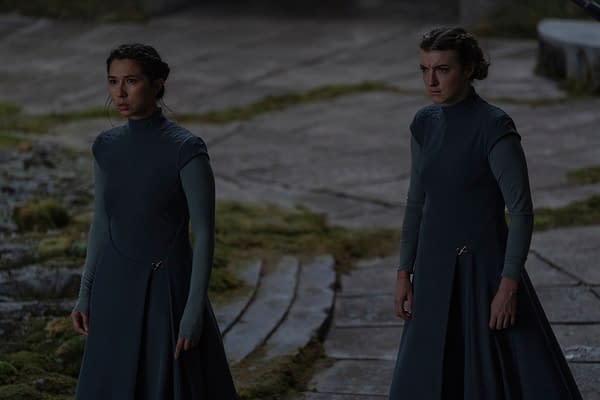
Given the nature of TV, did you guys feel you had the advantage of pacing and developing these episodes? When it came to the planning, and I know you guys got renewed for a second season, how did you determine where a good, sufficient stopping point was? I imagine it's not a one-to-one covering of a book because a lot of the series took from multiple different source materials into this condensed story.
I know that Alison mapped out an arc for where all these characters go. We know in the best of all worlds, with the story continuing and being picked up. I'm in my office prepping for series two right now. It's like the idea was you must create arcs that can be picked up, but also create self-contained stories and give the viewer some satisfaction at the end. You must solve some of the issues between Desmond (Travis Fimmel) and Tula (Olivia Williams), Valya (Emily Watson) and Tulla, and the Corrino's that give viewers the satisfaction, but also the yearning to come back for another season.
Season one of Dune: Prophecy, which also stars Jodhi May, Sarah-Sofie Boussnina, Chloe Lea, Chris Mason, Shalom Brune-Franklin, Mark Strong, Jade Anouka, Edward Davis, Josh Heuston, Faoileann Cunningham, Aoife Hinds, and Mark Addy, is available on HBO Max and returns for season two on HBO.






